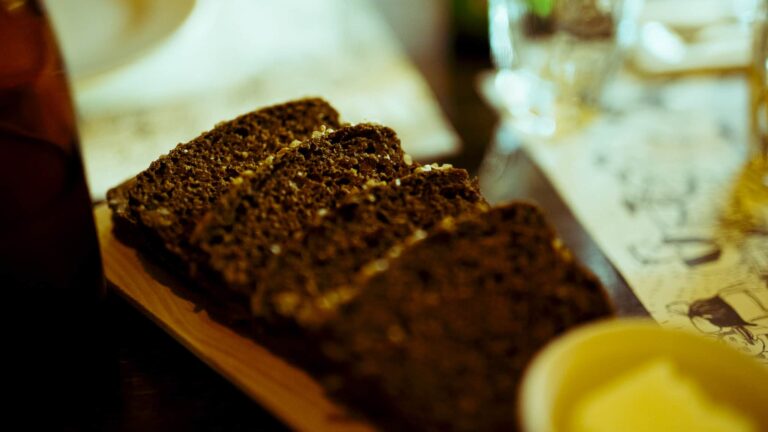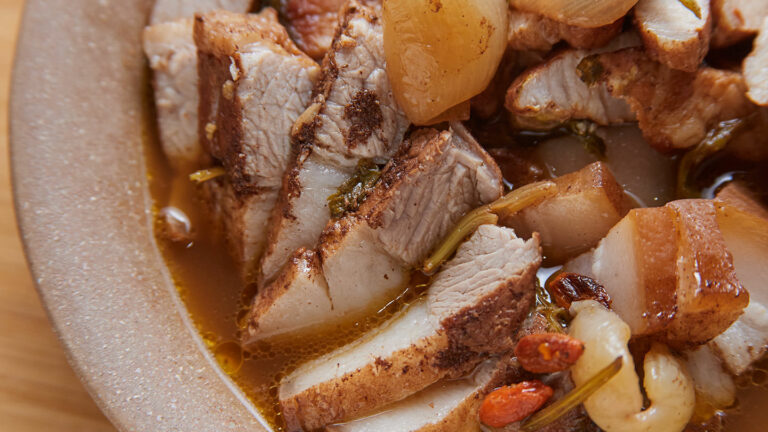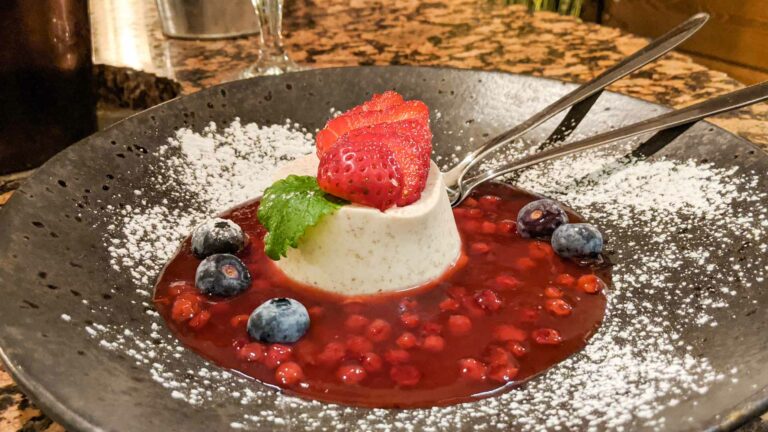Introduction: Street food in Estonia
Street food is a popular concept in Estonia, particularly during the summer months when street vendors set up stalls in public places to serve a variety of food items to locals and tourists. Street food is a convenient and affordable option for those who are on the go or looking for a quick bite to eat. However, there are concerns about hygiene and safety standards when it comes to street food in Estonia.
Overview of street food hygiene standards
The food safety and hygiene standards for street food in Estonia are governed by the Estonian Food and Veterinary Board (EFVB). As per the standards, street food vendors are required to follow strict hygiene and safety procedures to ensure that the food is safe for consumption. This includes proper handling and storage of food, regular cleaning of equipment and utensils, and maintaining a clean and hygienic cooking area.
Who regulates street food in Estonia?
The EFVB is responsible for regulating street food in Estonia. They monitor the food vendors and ensure that they comply with the food safety and hygiene regulations. The EFVB conducts regular inspections of the food stalls to ensure that they meet the required standards. They also provide training and guidance to the vendors on food safety and hygiene practices.
Food safety requirements for street vendors
To operate as a street food vendor in Estonia, the vendors must obtain a food business registration certificate from the EFVB. This certificate is issued only after the vendors have demonstrated that they comply with the food safety and hygiene regulations. The vendors are also required to maintain a record of the food items they sell and their sources.
How street food vendors comply with regulations
Street food vendors in Estonia comply with the food safety and hygiene regulations by following the guidelines set by the EFVB. They maintain a clean and hygienic cooking area, ensure that the food is properly cooked and stored, and use only fresh and quality ingredients. The vendors also undergo training on food safety and hygiene practices to ensure that they are up to date with the latest standards.
Enforcement of street food hygiene standards
The EFVB is responsible for enforcing the street food hygiene standards in Estonia. They conduct regular inspections of the food stalls to ensure that the vendors comply with the regulations. If a vendor is found to be in violation of the regulations, the EFVB can issue warnings, fines, or even shut down the vendor’s operation.
Tips for safe consumption of street food in Estonia
To ensure safe consumption of street food in Estonia, it is recommended to choose vendors that have a food business registration certificate from the EFVB. Look for vendors that follow proper hygiene practices, such as using gloves when handling food and maintaining a clean cooking area. Also, pay attention to the food you are consuming and avoid items that look or smell suspicious.
Conclusion: Is street food safe in Estonia?
Overall, street food in Estonia is safe to consume as long as the vendors comply with the food safety and hygiene regulations. The EFVB plays a crucial role in monitoring the street food vendors and enforcing the regulations. By following the recommended tips for safe consumption of street food, locals and tourists can enjoy the unique flavors of Estonian street food without any concerns about food safety and hygiene.







